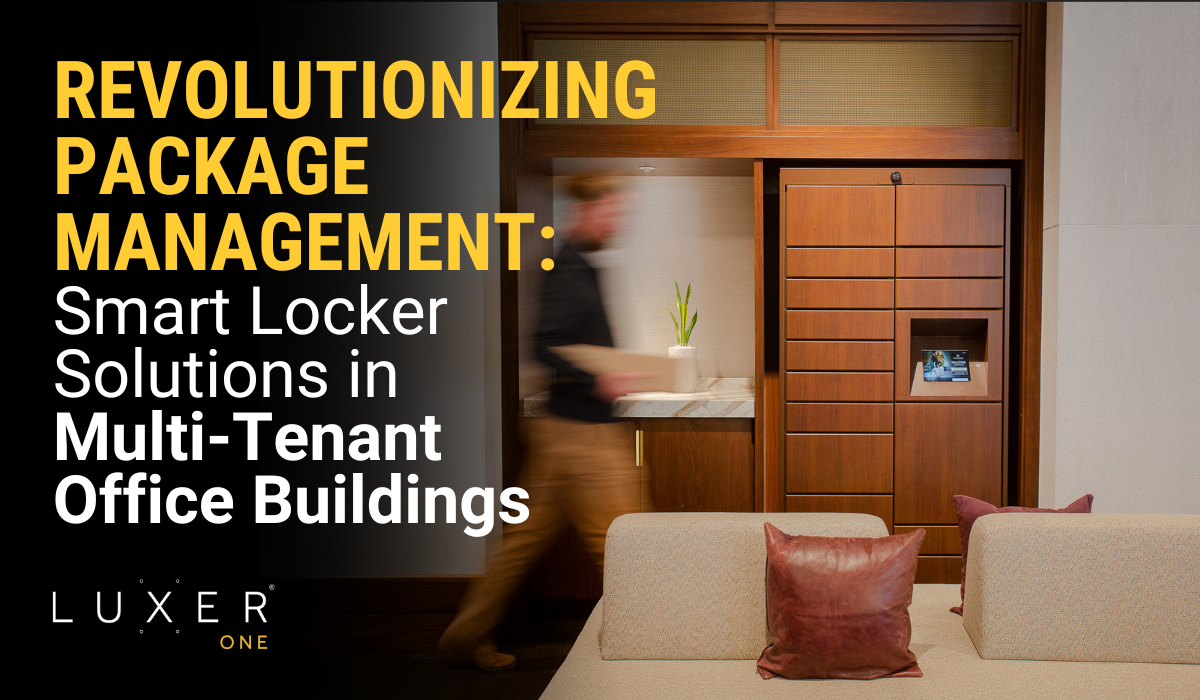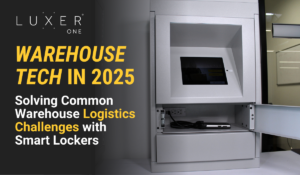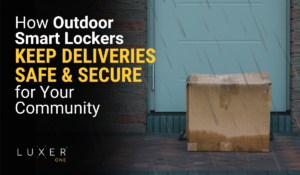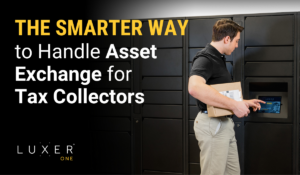In today’s fast-paced world, efficient package management is essential for multi-tenant office buildings. With the rise of e-commerce and remote work, the volume of inbound and outbound packages has increased significantly.
Traditional mailrooms are no longer sufficient to handle this surge. Enter smart locker solutions – a modern, tech-driven approach to streamline package management for both employees and outbound shipping.
The Growing Challenge of Package Management
Multi-tenant office buildings are bustling hubs of activity, with numerous employees and businesses operating under one roof. Managing incoming and outgoing packages can be a logistical nightmare. Traditional methods, such as centralized mailrooms or front desk reception, are often overwhelmed, leading to delays, lost packages, and frustrated occupants.
Employees who are expecting personal deliveries also face inconvenience. They must time their breaks or lunch hours to coincide with package deliveries, causing disruptions to their workday. Furthermore, businesses often need to ship items via various carriers, necessitating multiple drop-off points, which can be chaotic and inefficient.
Smart Locker Solutions: A Game-Changer
Smart locker solutions provide an elegant answer to these challenges. These systems leverage technology, automation, and secure compartments to optimize the package management process. Here’s how they work and the benefits they bring:
- Centralized Package Pickup: Smart lockers provide a centralized location for both incoming and outgoing packages. Carriers have access to a single drop-off and pickup point, simplifying their operations. This central hub is accessible 24/7, ensuring packages are always secure and accessible.
- Employee Convenience: For employees, smart lockers offer unparalleled convenience. When a package arrives, they receive a notification via email or a smartphone app. They can then visit the locker system at their convenience to retrieve their package, eliminating the need to time breaks around deliveries.
- Enhanced Security: Smart lockers are equipped with robust security features. Each locker is electronically locked and can only be accessed using a unique PIN code or QR code, ensuring the safety of packages. Moreover, there are surveillance cameras in place to monitor activity.
- Efficient Space Utilization: Traditional mailrooms can consume a considerable amount of space. Smart locker systems are compact and efficiently designed, maximizing available real estate.
- Reduced Labor Costs: Automation reduces the need for manual sorting and distribution, saving businesses money on labor costs associated with package management.
- Data Analytics: Many smart locker systems provide analytics on package flow, which can be invaluable for optimizing operations, predicting peak delivery times, and improving tenant satisfaction.
Adoption of Carriers and the Power of Integration
One of the key advantages of smart locker solutions is their adaptability and integration capabilities. Building managers can choose to collaborate with a variety of carriers, including major shipping companies like FedEx, UPS, Amazon, and local courier services.
By integrating with these carriers, packages can be delivered directly to the smart locker system, reducing the burden on mailrooms and front desk staff. These systems can be connected to building access control systems, making it easier to manage and monitor who has access to the lockers. This level of control enhances security and ensures that only authorized personnel can access the lockers.
Smart locker solutions are revolutionizing package management in multi-tenant office locations. They offer convenience, security, and efficiency for both employees and building managers. By providing a centralized hub for all inbound and outbound packages and integrating with various carriers, these systems are transforming the way we handle packages in the modern workplace.
As the demand for efficient package management continues to grow, smart lockers are likely to become an essential feature of multi-tenant office buildings, ensuring a smooth and hassle-free experience for all occupants.
Connect with us to learn more!





